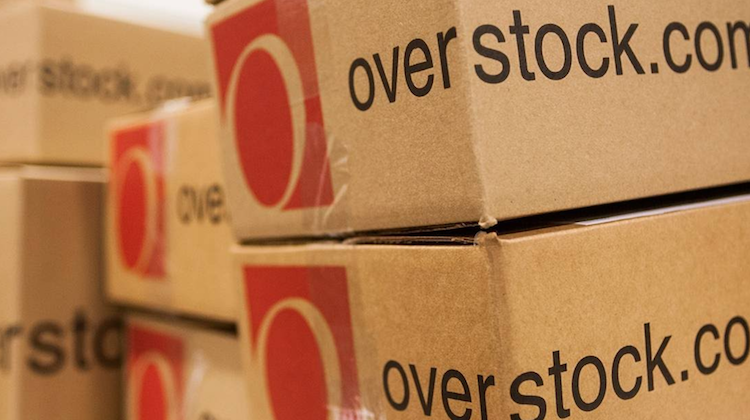The Customer Effect
Inside Overstock.com’s financial services strategy
- For the past few months Overstock has been building a marketplace for financial services spanning credit cards, insurance plans, loans, automated investing and equity trading
- Overstock's financial services “strategy” is an extension of the company’s retail function — buying and selling consumer goods








